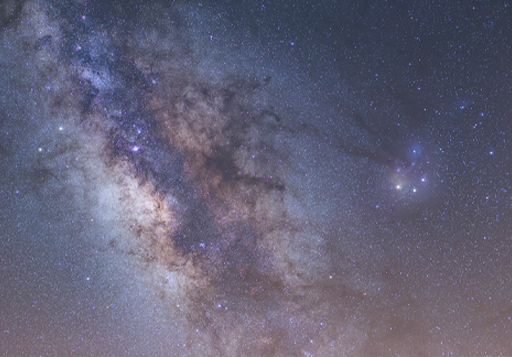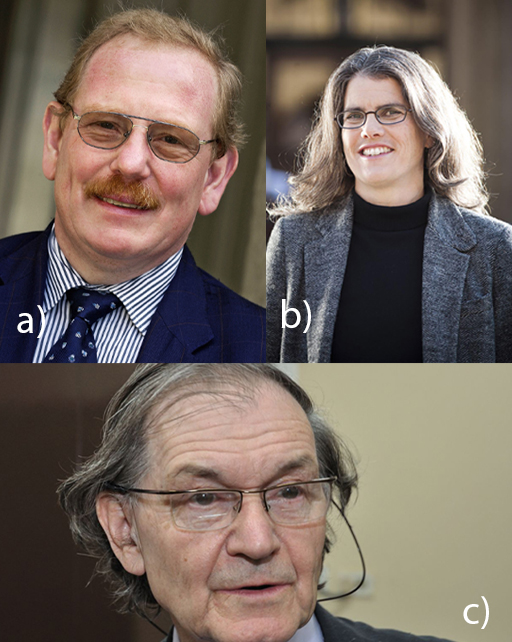1 Picturing infinity
Our galaxy, the Milky Way, is roughly 100 000 light years in diameter (which is nearly 1 billion billion miles). Our minds are simply not equipped to understand this sort of scale. Analogies can be helpful in putting this into context, for example: if our solar system was scaled to the size of a full stop, then the galaxy would be about 50 miles in diameter. Nevertheless, it can be easier to picture an infinite space – a space without a boundary – than it is to visualise 100 000 light years.
Infinity is a useful idea, but it does not exist only in our imaginations – there could be real instances of infinity in our universe. For example, the 2020 Nobel Prize for Physics was jointly awarded to Sir Roger Penrose, Reinhard Genzel and Andrea Ghez for their work on black holes. In 1965, Penrose gave a mathematical argument that black holes must arise as a consequence of Einstein’s General Theory of Relativity. His theory predicts a gravitational ‘singularity’ in black hole formation. (As Week 5 introduced, this is the point where density and gravity become infinite.)
The ideas in Week 5 give rise to speculation on the nature of infinity. Working in an infinite space without a boundary gives rise to some strange consequences, as you will see in the next section.


